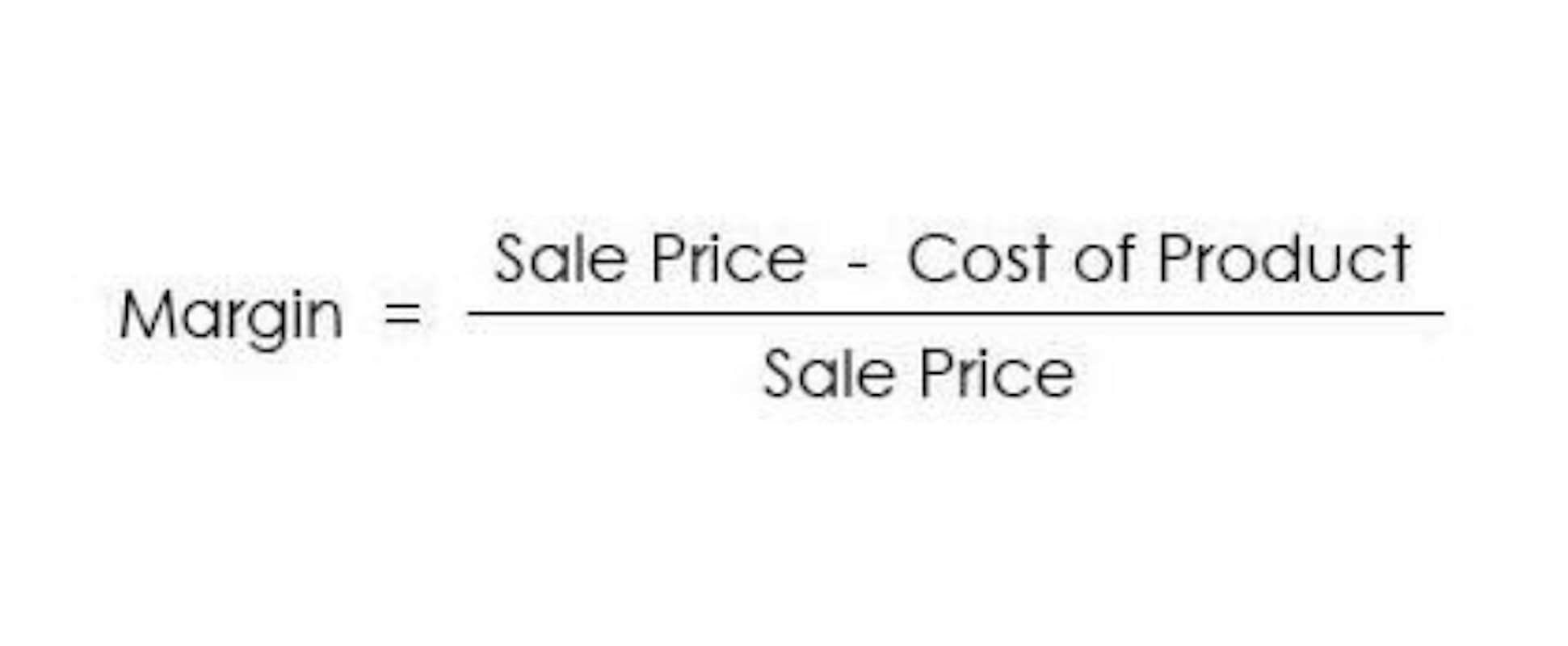
In the event of a company liquidating its assets, common stockholders will get paid after preferred stockholders, and usually, there is very little value left in the company at this stage. This is distinct from the income statement which can provide details of sales, and profitability for the period. The statement of shareholders’ equity gives us the details of any capital raising and repatriating, as well as other items which impact the equity accounts directly (and are not included in the income statement). The capital structure affects the balance sheet, income statement, and cash flow statement. A higher proportion of debt increases interest expenses and liabilities, while more equity can dilute ownership and affect earnings per share.

Who Uses a Statement of Shareholder Equity?
AOCI gives a fuller picture of the company’s performance, especially in complex or global businesses. In corporations, equity takes on a more structured form known as shareholders’ equity. Unlike sole proprietorships or partnerships, where equity is tied directly to individuals, corporate equity is divided among shareholders, based on the number and class of shares they hold. For example, if your client runs a small design studio as a sole proprietor and bookkeeping the business has $80,000 in total assets and $30,000 in outstanding liabilities, the owner’s equity would be $50,000. That $50,000 reflects the owner’s financial stake in the business, the amount they would theoretically walk away with if the business were liquidated today.

Share Capital

Information relating to authorized shares, par value, outstanding shares, and issued issues must need to be disclosed for each type of stock displayed. For businesses and investors alike, stockholders’ equity is one of the key answers. It’s like a snapshot of a company’s financial health, showing what remains for shareholders after debts are paid. In this blog, we’ll break down stockholders’ equity into simple terms, covering its components, calculation, and significance for businesses and investors. It also reflects a company’s dividend policy by showing its decision to pay profits earned as dividends to shareholders or reinvest the profits back into the company. On the balance sheet, shareholders’ equity is broken up into three items – common shares, preferred shares, and retained earnings.
- This statement displays how equity changes from the beginning of an accounting period to the end.
- Stockholders’ equity refers to the residual interest in a company’s assets after deducting liabilities, representing the owners’ claim on the business.
- The common stockholders have more rights in the company in terms of voting on the company’s decision, but when it comes to payment, they are the last ones on the priority list.
- It differs from assets and liabilities, which are resources owned by the company and its obligations to others, respectively.
- By comparing total equity to total assets belonging to a company, the shareholders equity ratio is thus a measure of the proportion of a company’s asset base financed via equity.
Negative shareholders’ equity

This format is usually supplemented by additional explanatory notes about changes in other equity accounts. Retained earnings are the total accumulated earnings of a company after it has distributed dividends to its shareholders. It is essentially the net income that a company has reinvested back what goes in stockholders equity into the company (rather than returned to shareholders). This could be investing in expansion through the purchase of property, plant and equipment, possibly mergers or to pay its debts. A company that has been consistently profitable will typically have a large retained earnings account. Total stockholders’ equity declined from just over $1bn in January, to $828m at the close of the year.
- These votes range from electing new board members to creating stock splits.
- Different capital structures affect a company’s risk profile, cost of capital, and financial flexibility.
- Implying that the two sides of the equation must tally with each other, for every debit account, there must be a corresponding credit account.
- Such thorough reporting helps build trust and confidence among investors and market participants.
- This is an ownership share in a company that permits its holders to receive dividends and gives them voting rights in shareholders’ meetings.

The retained earnings portion reflects the percentage of net earnings that were not paid to shareholders as dividends and should not be confused with cash or other liquid assets. If a company’s shareholder equity remains negative, it is considered to be in balance sheet insolvency. The statement’s heading should include the company name, Suspense Account the statement title, and the accounting period to prevent confusion when reviewing financial statements later. For smaller businesses, a statement of shareholders’ equity also paints a clear picture of your financials.
- When companies issue shares of equity, the value recorded on the books is the par value (i.e. the face value) of the total outstanding shares (i.e. that have not been repurchased).
- The company won’t record this as income until it delivers the packages of the deal.
- When the company generates more revenue, Stockholder Equity will automatically go up.
- Longer-term liabilities are ones that take longer than one year to clear.
- Current liabilitiesCurrent liabilities are a company’s short-term financial obligations that are due within one year or within a normal operating cycle, whichever is longer.
- To calculate retained earnings, the beginning retained earnings balance is added to the net income or loss and then dividend payouts are subtracted.

